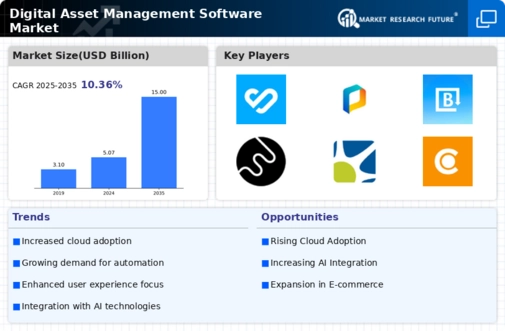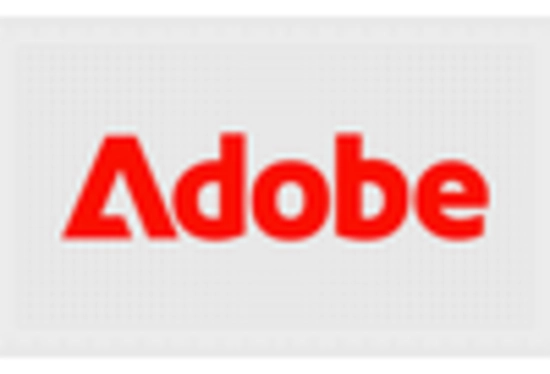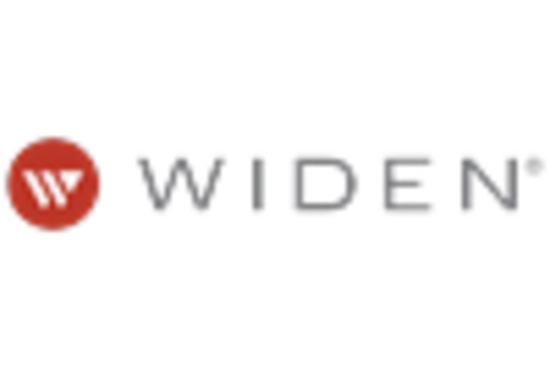Market Share
Digital Asset Management Software Market Share Analysis
In the competitive landscape of the Digital Asset Management (DAM) Software Market, market share positioning strategies play a pivotal role in determining the success and growth of companies. Digital Asset Management software enables organizations to efficiently store, organize, retrieve, and distribute digital assets such as images, videos, documents, and more. Within this market, companies employ various strategies to carve out their niche and gain a competitive edge.
One common strategy is differentiation through feature innovation. Companies strive to differentiate their DAM solutions by introducing innovative features and functionalities that address specific pain points of their target customers. For instance, some may focus on advanced metadata tagging capabilities, while others may emphasize AI-driven content recognition and automatic tagging. By continuously innovating, these companies attract customers looking for cutting-edge solutions tailored to their needs, thus capturing a larger market share.
Another crucial aspect of market share positioning is pricing strategy. Companies adopt different pricing models such as subscription-based, tiered pricing, or usage-based pricing to appeal to different customer segments. Some may opt for a low-cost strategy to capture price-sensitive customers, while others may position themselves as premium providers offering high-value features and premium support services at a higher price point. By aligning pricing with perceived value and target market segments, companies can effectively capture market share while maximizing revenue.
Furthermore, strategic partnerships and alliances play a significant role in market share positioning. Collaboration with complementary technology providers, integration with popular platforms, or partnerships with industry influencers can significantly enhance a company's visibility and credibility in the market. By leveraging partnerships, companies can extend their reach to new customer segments, penetrate new markets, and strengthen their competitive position against rivals.
In addition to these strategies, effective marketing and branding are essential for market share positioning. Companies invest in targeted marketing campaigns, content marketing, social media engagement, and participation in industry events to increase brand awareness and generate leads. A strong brand presence helps companies differentiate themselves from competitors, build trust with customers, and influence purchasing decisions, ultimately leading to a larger market share.
Moreover, customer experience and satisfaction play a critical role in market share positioning. Companies that prioritize customer success, provide excellent support services, and actively solicit feedback can create loyal customer bases and drive positive word-of-mouth referrals. Positive customer experiences not only lead to customer retention but also attract new customers through referrals and testimonials, contributing to the company's market share growth over time.
Lastly, continuous product improvement and adaptation to evolving market trends are indispensable for maintaining and expanding market share. Companies must stay agile and responsive to changing customer needs, technological advancements, and competitive dynamics. Regular updates, feature enhancements, and product roadmap alignment with market demands ensure that companies remain relevant and competitive in the ever-evolving DAM software market landscape.








Leave a Comment